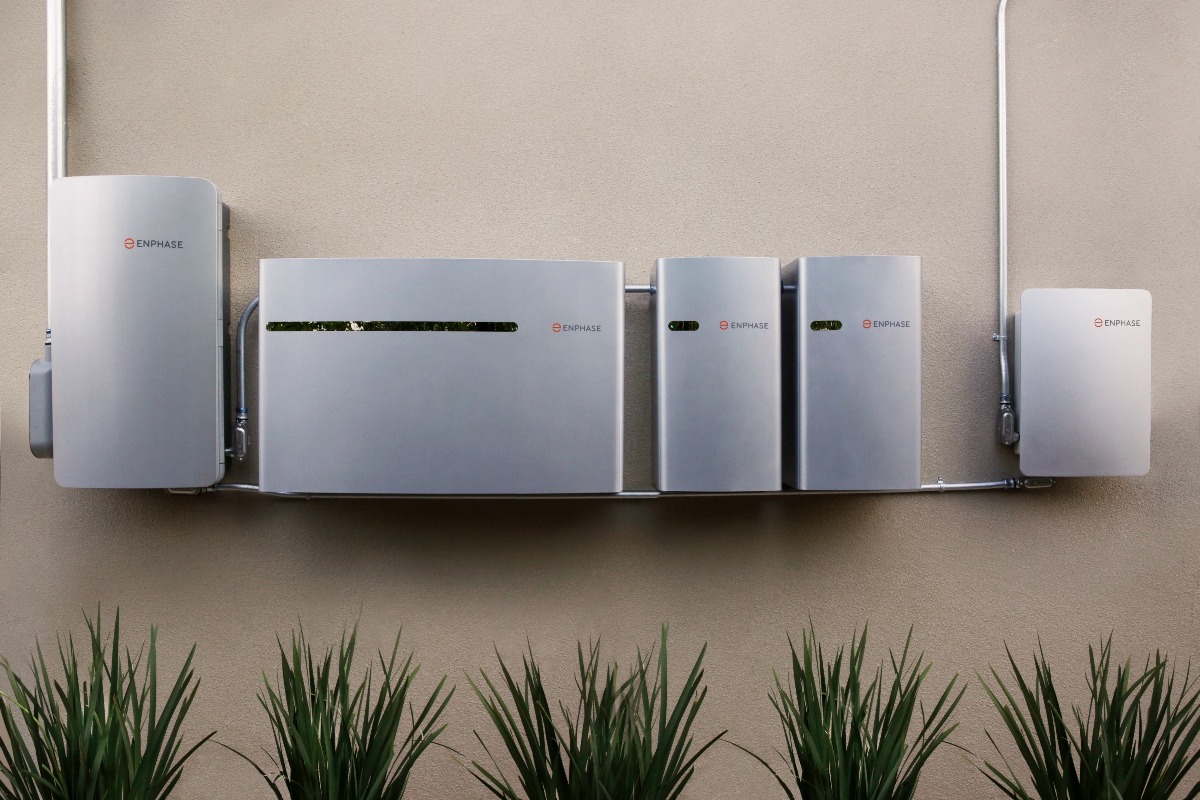When the sun sets, a battery bank is what keeps your rooftop array working overtime—powering lights, Wi-Fi and the fridge while the grid sleeps (or fails). Average turnkey storage now runs about US $1,300 per kilowatt-hour—roughly £950—before incentives. A 10 kWh pack therefore lands near $13 k (£9.5 k), and many whole-home lithium systems fall in the $12 k–20 k (£8.8 k–14.6 k) bracket. Prices keep sliding, and programs like Germany’s KfW loans or Australia’s brand-new 30 % “Cheaper Home Batteries” rebate trim them further.
What really matters inside the box?
Think of a battery the way you’d judge a water tank: capacity (kWh) is how many buckets it holds, power (kW) is how wide the tap opens, depth-of-discharge is the safe empty point, and cycle life is how many times you can refill before it rusts. Add round-trip efficiency (spillage), maintenance needs and—of course—the price tag.
Battery-Chemistry Cheat-Sheet
| Chemistry | Cycle life* | DoD | Maint. | Typical installed cost† | DIY ease‡ | When it shines |
|---|---|---|---|---|---|---|
| LFP (Li-ion) | 3 000–10 000 | 100 % | None | US $1 000 ≈ £730 / kWh | ★★☆ | Daily cycling, fire-safe |
| NMC/NCA (Li-ion) | 500–1 000 | 80–95 % | None | US $1 000 ≈ £730 | ★★☆ | Space-tight backup |
| Lead-acid (AGM/gel) | 500–1 500 | 50–80 % | Low | US $250–400 ≈ £180–290 | ★☆☆ | Budget, light use |
| Nickel-Fe/Cd | 2 000 + | 80 % | Low | US $600–800 ≈ £440–590 | ★★★ | Harsh climates |
| Flow (V/Zn-Br) | 10 000 + | 100 % | Low | US $1 500 + ≈ £1 100 + | ★★★ | Large ground arrays |
| Sodium-ion (early) | Pilot | 90 % | None | US $750 ≈ £550 | ★★☆ | Cold-weather pioneers |
*To ~80 % capacity †Turn-key 2025 pricing ‡Assumes basic electrical skills; ★ = easiest
Quick chemistry tour—in plain words
Lithium-iron-phosphate (LFP).
Today’s crowd-pleaser: long life (often 6 000 + cycles), near-zero fire risk and no upkeep. Installed cost usually sits around $1 000/ kWh (£730), and cell prices are sliding fast. If you cycle daily or face steep time-of-use tariffs, LFP is hard to beat.
Lithium-ion NMC/NCA.
Denser and neater on the wall, but less tolerant of heat and deep discharges. Expect similar sticker prices to LFP yet a shorter calendar life—good for space-constrained backup rather than everyday cycling.
Lead-acid.
Cheap and universally available, yet you only tap half the nameplate energy and flooded cells need watering. Perfect for frugal cabins or backup-only banks that see light use.
Nickel-based.
Nickel-iron and nickel-cadmium shrug off deep cold and brutal over-charge, lasting decades with little fade. They’re heavy and pricey per kWh, so you mostly find them in remote, mission-critical off-grid sites.
Flow batteries.
Liquid electrolytes shuttle charge between two tanks, giving 100 % DoD for 20–30 years. Safe and recyclable, but large and costly—think garage-scale, not hallway wall.
Sodium-ion.
Swaps scarce lithium for table salt. Pilot units target ≈$750/kWh (£550) installed. Still early-market, yet promising for cold climates and budget builds once mass production ramps.
Sizing without spreadsheets
Add up the energy your must-run appliances draw in a day—say 2.5 kWh for lights, modem and a fridge. Multiply by how many sun-free days you want (two stormy nights = 5 kWh). Finally divide by round-trip efficiency (≈0.95 for LFP) to cover conversion losses. Result: about 5.3 kWh usable—so shop for the next-size-up 6 kWh module. Repeat with full-house loads if you’re chasing whole-home backup.
DIY or call in a sparky?
Pre-wired LFP cabinets are almost plug-and-play: bolt them down, land conduit, run the commissioning app. Lead-acid needs a vented box and the occasional hydrometer. Anything above 48 V or tied into household wiring must satisfy your local code. If the rulebook feels fuzzy, hire an electrician for the final terminations.
What will it save—or make—you?
At today’s prices a 10 kWh pack can knock 50–70 % off evening power bills in a time-of-use market, and blackout insurance is priceless for many households. Layer in regional incentives and simple payback often lands between five and seven years.
Pick the chemistry that matches your goal. If you cycle every day and want a “set-and-forget” solution, LFP is the current gold standard. Tight budgets needing only occasional backup can still lean on sealed lead-acid, while tech tinkerers may wait for sodium-ion. Size it carefully, install it safely, and your solar will keep the lights on long after sunset.
